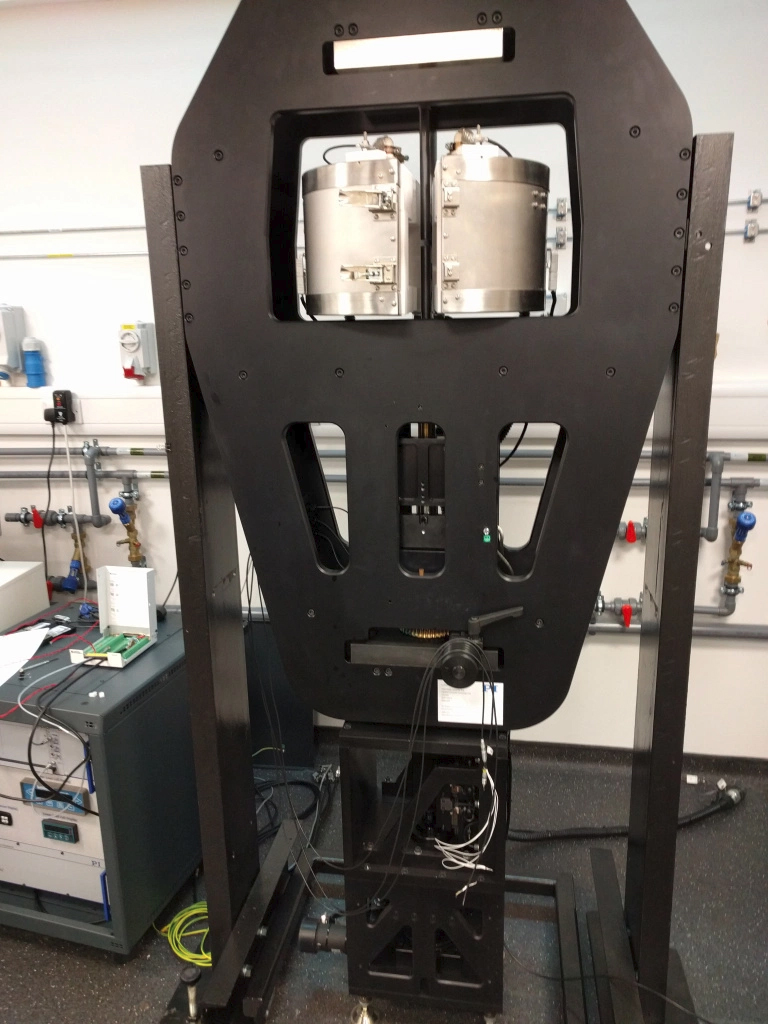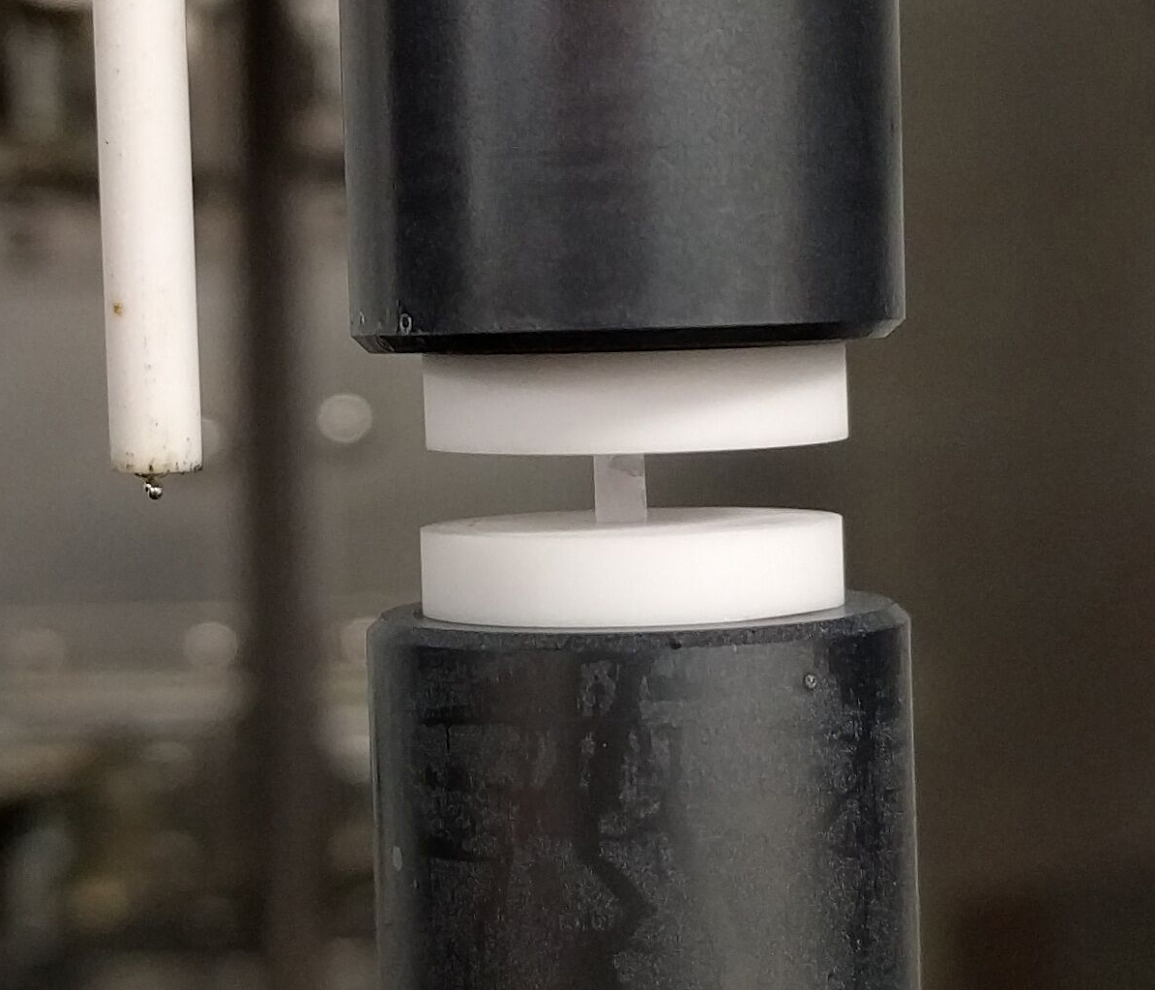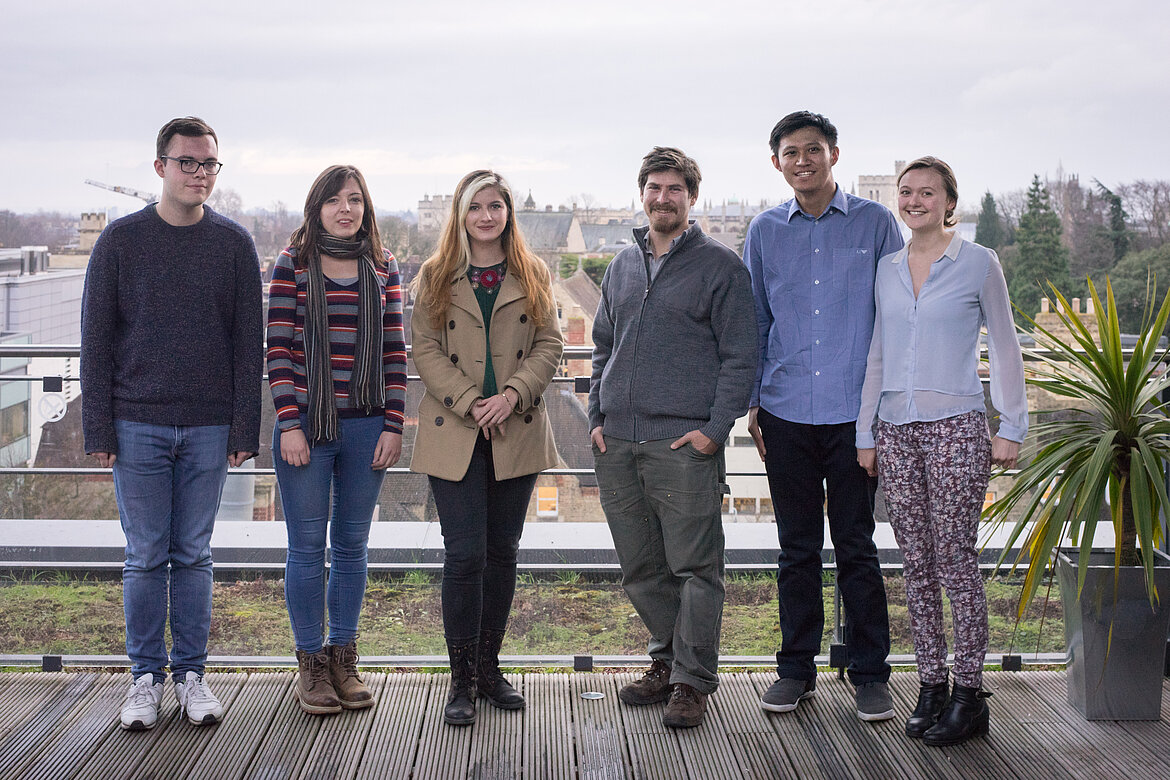Earth science is a highly interdisciplinary subject with a focus on understanding the processes behind the formation and evolution of the solid earth, its oceans and atmosphere. At the University of Oxford, researchers are investigating the science behind rock deformations, using equipment developed in collaboration with Physik Instrumente (PI) to look at how the microscopic features of specific minerals ultimately influence the mechanics of plate tectonics.
The Rock Rheology Laboratory in the Department of Earth Sciences at the University of Oxford performs laboratory-based experiments to investigate the nature and mechanisms behind the deformation of rocks. Although rocks are not necessarily something that might be considered to be a fluid, under the right circumstances they can be, as the department’s Associate Professor of Rock and Mineral Physics, Dr Lars Hansen, explained: “Our laboratory focuses on rheology, the branch of physics that deals with the deformation and flow of matter. The idea that rock can flow is not unlike the concept of a glacier – which is solid ice flowing down a mountainside – or working a malleable metal; the processes involved are actually very similar in all three cases. For rocks, this is demonstrated by the way the surface of the earth moves up and down in response to an applied load, such as the ice sheet that covered most of Scandinavia and Northern Britain not so long ago. This heavy load caused the rocky, outer part of the earth to sink into the underlying layer which, although also solid and rocky, is hot enough that on geological timescales it can flow as a fluid does.”
The laboratory works primarily with rocks of the upper mantle found at depths of 10 to 400 km below the Earth’s crust, and the dominant mineral olivine, an iron magnesium silicate. Materials are obtained for analysis either at points of tectonic collision – where parts of the upper mantle are pushed to the surface – or from volcanoes, where the ejected magma plucks off and entrains some of the surrounding mantle rock to form xenoliths. Alternatively, minerals are artificially synthesised from high purity oxide powders. The laboratory’s interest lies in investigating the initial deformation of the materials as load is applied, looking to shine a light on the underlying, atomic-scale physics.
However, simulating the extreme environmental conditions under which rock deformation occurs in a laboratory setting is a highly technical challenge; human timescales are very different to geological timescales, and atomic scales are very different to the scale of lithospheric plates. Lars continued: “We want to look at how rocks flow when they’re hot, and the challenge is to make things happen in a timescale that means we can actually observe any changes that occur. It is essential that the experiments are done as precisely as possible, as we use the data to derive laboratory models and extrapolations, and make predictions on geological timescales, which can be 10 orders of magnitude different to the human timescale.”
To deliver meaningful results, the laboratory required testing apparatus capable of applying pressures up to one gigapascal to a sample environment maintained at temperatures between 1,200 and 1,500 °C. At the same time, accurate and precise movements and measurements are vital for scientifically rigorous experiments. The key to achieving this precision was to engineer test equipment that not only had the capability to replicate appropriate conditions, but was also as rigid as possible. This led to a collaboration with PI to develop a high temperature, uniaxial creep apparatus. “The experiments measuring initial rock deformation are highly susceptible to the whole apparatus flexing and changing shape, especially when such large temperature gradients are involved. We perform a number of dynamic measurements, and ensuring that the frequency of these – which range from 10-4 up to hundreds of hertz or more – was adequately decoupled from the resonant frequency of the apparatus itself was an important consideration.”
For such specialised research, there was no off-the-shelf solution that met all of these requirements, and so a custom-built apparatus was the only way forward. “Undertaking the complex mechanical and electrical engineering necessary to get the disparate systems to work coherently, and meet our high specification, is no mean feat. We considered taking on the build ourselves, but it quickly became apparent that it was going to be prohibitively difficult to get a whole group of different suppliers providing individual components to communicate with each other in an effective way. We were really lucky to find PI, as the company was able to do everything within one team, simplifying design, construction, commissioning and troubleshooting.”
Instrument design was a reciprocal process, combining the laboratory’s ideas and requirements with PI’s mechanical engineering expertise to produce a high temperature, uniaxial creep apparatus incorporating both electromechanical and piezoelectric actuators. This allowed the load applied to be quickly and precisely controlled using the fine-scale piezoelectric actuator, as well as enabling larger scale deformations, either separately or in combination with the smaller piezo-controlled motion. “It was this combination of skills that made PI uniquely qualified to handle the task. The team’s expertise in both electromechanical and piezo-controlled actuation ensures that the precision for which the company is world renowned can be maintained in even the most extreme of applications. Most importantly, this is incorporated into a design that fulfils our exceptional requirement for stiffness and rigidity. The ability to do both sets of deformations over a wide range of timescales – while maintaining the furnace at 1,300 °C – is what makes this a very unique apparatus in the materials testing community. One particularly inventive, and indeed crucial, design aspect is the ability to isolate the large-scale electromechanical movement, effectively removing it from the system at points when any give or lag would be detrimental to experiments focused on the fine-scale piezo-controlled movement.”
The equipment has now been online for over 18 months, and the initial results are ready for publication. Fascinating models are being produced pertinent to important areas of research, such as relative sea level changes and earthquake modelling, with further projects using the apparatus in the pipeline. “This was our first collaboration with PI, and we intend to work with the company on other projects in the future. I’m currently designing a stage that will perform deformation inside electron microscopes, and I’ve already talked to PI about using its components. We’re definitely planning to continue the relationship,” Lars concluded.
For more information about the Rock Rheology Lab please click here.
For more information about Lars Hansen, Associate Professor of Rock and Mineral Physics, and the Department for Earth Sciences at Oxford University please click here.



